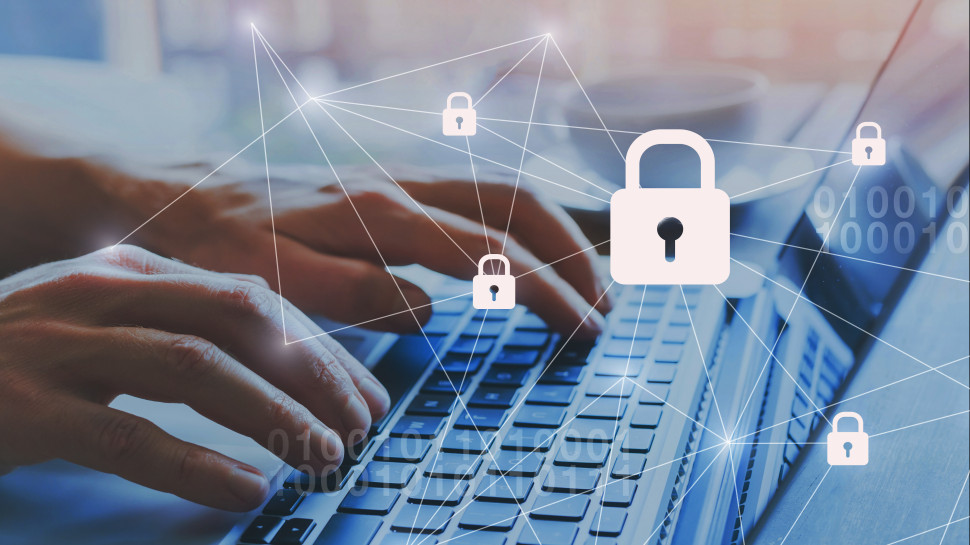How AI is finally erasing the security vs. experience tradeoff that has plagued enterprise IT for decades
Autonomous workspaces unify security, IT, and employee experience

IT teams know the balancing act all too well. Security teams implement new protocols that generate a flood of user complaints. The IT help desk is overwhelmed with tickets that could have been prevented.
Meanwhile, employees bypass carefully designed systems because they're too cumbersome. And today's increasingly distributed workforce only exacerbates this balancing act, creating a larger attack surface across more devices, locations, and applications.
While IT management may have accepted this as the inevitable reality, the challenges are only intensifying. AI-powered cyberattacks are becoming more sophisticated daily, capable of adapting faster than traditional security measures can respond. The old playbook of treating security, IT operations, and employee experience as separate functions has reached its breaking point.
A unified approach is needed, or IT leaders risk not only making their organization at risk for security vulnerabilities, but losing visibility and control of their organizations’ digital work environments.
Chief Product Officer, Omnissa.
The "self-driving car" of enterprise IT
Although the rise of new AI tools and devices has created headaches for IT, AI-powered digital environments, or an autonomous workspace, offer IT leaders a path to modernizing and knocking down the divisions that exist across employee experience, security and operations.
These environments self-configure, self-heal, and self-secure with minimal human intervention. Think of it as the "self-driving car" of enterprise IT.
Unlike traditional automated systems that follow preset rules and require constant human oversight, autonomous workspaces continuously learn from data patterns and user behaviors.
Sign up to the TechRadar Pro newsletter to get all the top news, opinion, features and guidance your business needs to succeed!
Because these environments monitor every aspect of the digital environment simultaneously, previous silos that plagued IT teams’ decision making are eliminated, offering IT teams full context of their organization’s digital environment.
For example, when a security anomaly emerges, the system doesn't just alert administrators; it automatically quarantines the threat while maintaining seamless user access to legitimate resources. When a device falls out of compliance, it self-corrects without user intervention.
And rather than looking at these issues in a vacuum, autonomous workspaces enable IT to connect dots across different factions of the workplace, understanding if an employee’s application performance issue is underpinned by a larger problem or vulnerability.
The strategic imperative for not only IT teams, but a businesses' bottom line
While an autonomous workspace can free IT teams from the endless cycle of firefighting, the benefits of adopting an autonomous workspace extend beyond just the IT team, ultimately providing a foundation for business resiliency and cost efficiency.
1. Security rigor
As generative AI tools become embedded in daily workflows, they also broaden the attack surface, and a reactive security approach is proving inadequate. Autonomous workspaces flip this model by implementing predictive zero-trust security. Instead of waiting for threats to manifest, these systems continuously analyze patterns and behaviors to identify potential risks before they materialize.
The system makes intelligent trust decisions in milliseconds, based on comprehensive understanding of user behavior, network conditions, and threat intelligence, helping equip a business for the increasingly sophisticated cyberattacks of today and future.
2. Employee experience benefits
Organizations that take a holistic approach to employees’ digital experience gain more than just operational benefits. A modern digital experience gives employees self-service access to the apps, resources and the support they need, when they need it.
This approach helps reduce disruptions and prevents issues before they can impact employee productivity. With secure access from anywhere, employees can stay focused and in control of how they work.
The result is stronger collaboration, higher employee satisfaction, and a significant advantage in attracting and retaining top talent in a growing hybrid work environment.
3. Streamlined resources
Think about the traditional approach to endpoint management. Security teams set protocols. IT operations teams install management tools to ensure compliance. And user experience teams try to minimize the performance impact. The result? Conflicting priorities, duplicated efforts, and frustrated users. Autonomous workspaces break down silos and integrate these different functions into a single, intelligent platform, streamlining IT resources and costs, while enhancing collaboration across teams.
The most successful implementations of autonomous workspaces share a common characteristic: they eliminate artificial boundaries between security, IT operations, and employee experience teams. This convergence isn't just about organizational structure—it's about creating technology ecosystems where security and IT enhance rather than complicate employee productivity and collaboration.
As the enterprise landscape continues to evolve, the organizations that thrive will be those that embrace autonomous workspaces not merely as a technology solution, but as the foundation of their digital work strategy.
We list the best IT documentation tool.
This article was produced as part of TechRadarPro's Expert Insights channel where we feature the best and brightest minds in the technology industry today. The views expressed here are those of the author and are not necessarily those of TechRadarPro or Future plc. If you are interested in contributing find out more here: https://www.techradar.com/news/submit-your-story-to-techradar-pro
Chief Product Officer, Omnissa.
You must confirm your public display name before commenting
Please logout and then login again, you will then be prompted to enter your display name.